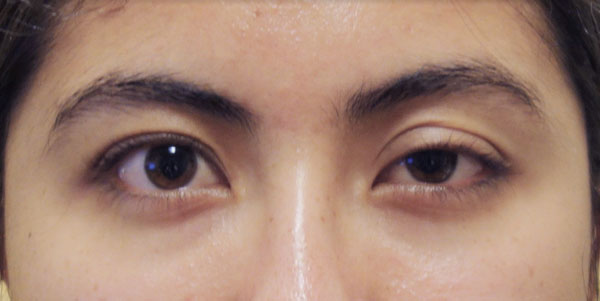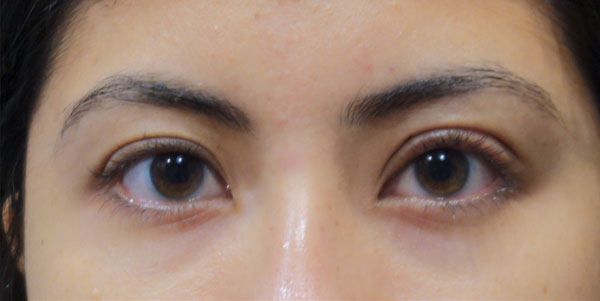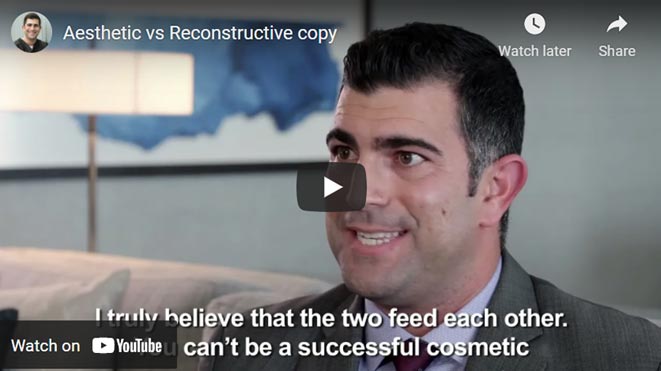PTOSIS REPAIR
NEWPORT BEACH
Orange County’s Best Eyelid Surgery Center
There are several causes of ptosis. The most common cause is known as aponeurotic ptosis. This is a result of the muscle which normally elevates the eyelid slipping or becoming detached from its normal attachment to the structural portion of the eyelid known as the tarsus. This can be a result of aging (involutional ptosis), contact lens use, previous surgery or trauma. Another type of ptosis is known as congenital ptosis. Congenital ptosis is typically present since birth. It results from poor development of the levator muscle of the upper eyelid. Other causes include muscular and neurogenic problems.
Ptosis generally occurs as a result of stretching of the eyelid muscles. This is usually due to age but can also result from previous eyelid surgery or simply the long-term use of contact lenses. That being the case, children can also have ptosis if they are born with weak eyelid muscles.
Ptosis Treatments
- A conjunctival/ Mueller’s muscle resection is performed on the internal surface of the upper eyelid and avoids a skin incision. This is a good option for some patients, depending on what Dr. Joseph learns during the testing period performed as part of the consultation.
- A levator advancement is a longer procedure in which the levator muscle is advanced to a stronger position in the eyelid, giving it a better grip to elevate the eyelid.
- Congenital ptosis and certain types of paralytic or myogenic ptosis typically have very poor muscle function. These types of ptosis are usually treated with a frontalis sling procedure in which the eyelid is directly attached to the eyebrow.
Click here to contact Dr. Joseph’s Newport Beach office and schedule your consultation.


